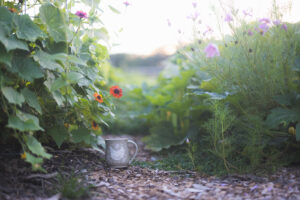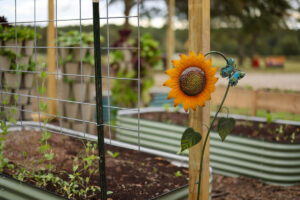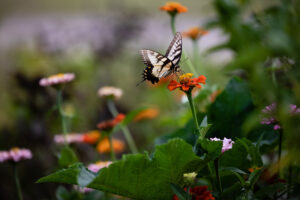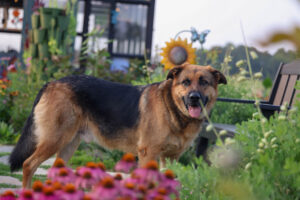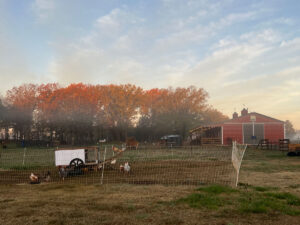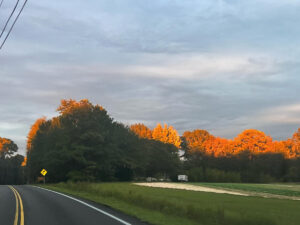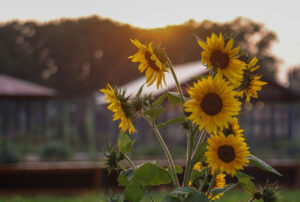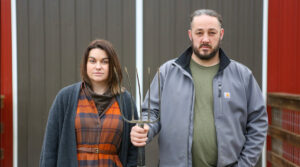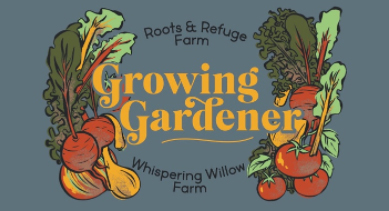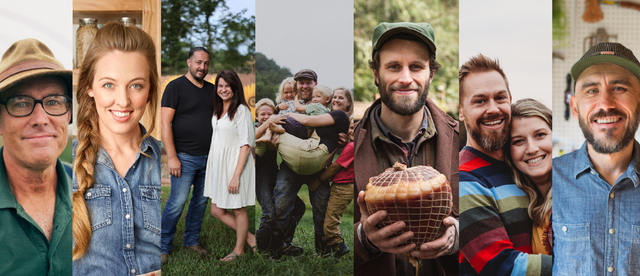Whether you grow a dwarf or mammoth variety, anyone can learn how to plant sunflower seeds, save and store the seed, and enjoy a harvest year after year.
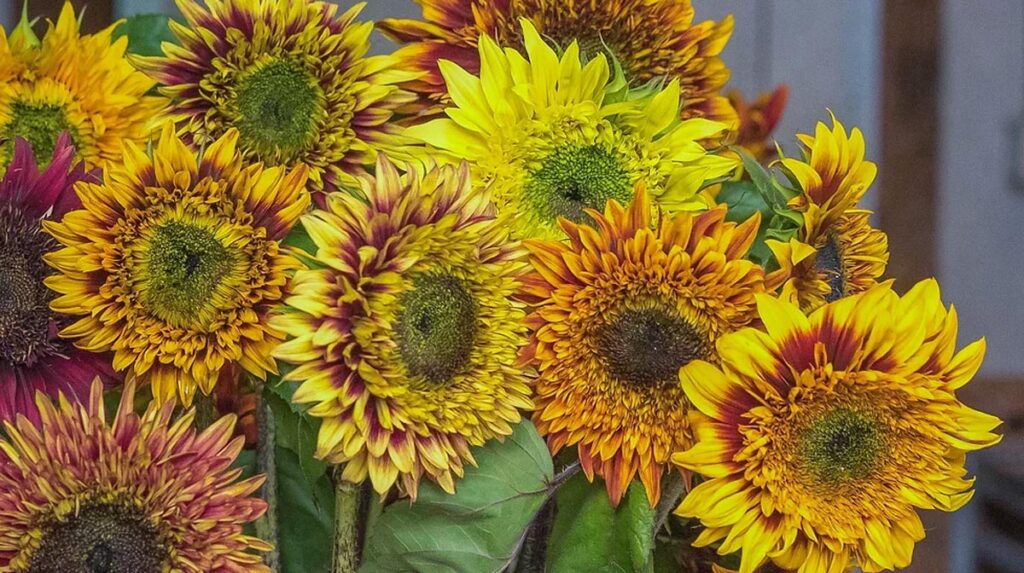
I don't know about you, but when I see a sunflower in a field I think of summertime and happiness. Growing these beautiful flowers begins with learning how to plant sunflower seeds.
These easy-to-grow native North American annual flowers are great to have in or around your garden whether you’re starting your seeds indoors or directly in the ground. Every year you will have seeds to save, store, and grow for the next year.
From growing dwarf sunflower seeds in a pot on your back patio to harvesting the majestic beautiful mammoth sunflower in the garden, anyone can plant these flowers.
Learning How to Plant Sunflower Seeds is Multi Purposeful
There are a few great reasons why planting sunflower seeds are good for a garden. These seeds will yield many cheerful flowers for a patio and/or garden.
These flowers add gorgeous summer colors of yellow, red, orange, and purple to a space. With these flowers, you can create beautiful colorful bouquets out of the fresh cut flowers (learn how to grow a cut flower garden here).
Sunflowers produce edible seeds. Each flower can contain up to 2,000 seeds, and you can harvest sunflower seeds for a delicious snack or replant them the following year.
These flowers will bring in pollinators like bees and butterflies which is beneficial for all the plants in the garden. Sunflowers will feed the birds and squirrels which is not so great for gardens, but great for the animal watchers.
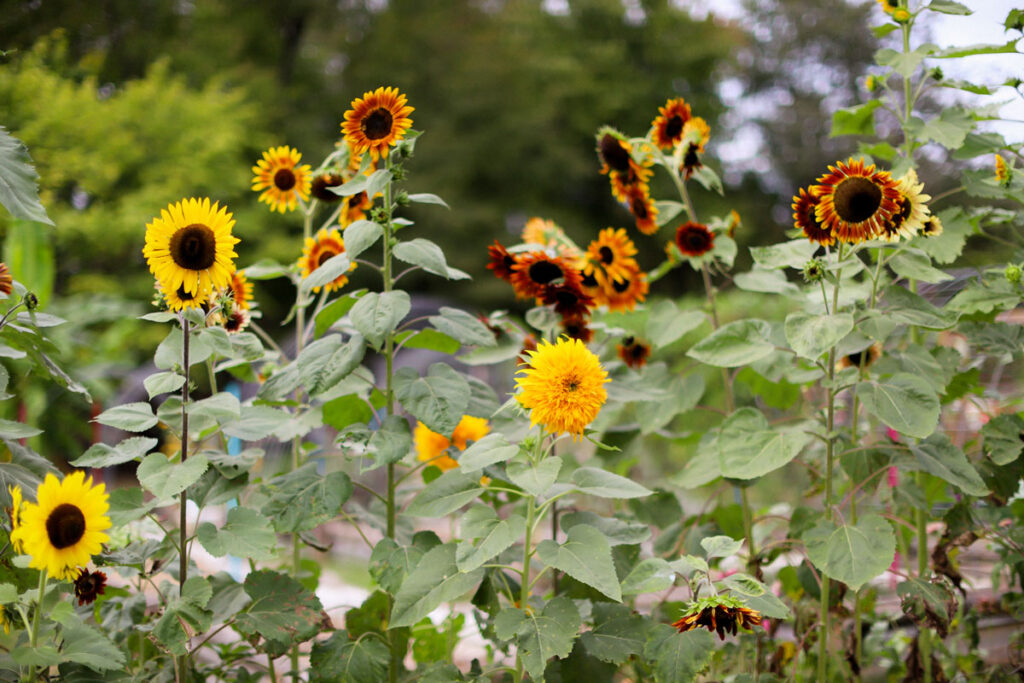
Varieties of Sunflowers Seeds
There are many different varieties of sunflowers out there. Depending on the variety (from the large mammoths to the dwarf flowers) there is something for everyone. Here are some popular varieties of sunflowers.
Mammoth Sunflowers
Mammoth sunflowers are what you may consider the typical traditional sunflower. It will grow to be 12-15 feet tall with a flower head 14 inches across. A lot more space is needed for these giants. They produce an abundance of edible seeds for human consumption.
Lemon Queen Sunflower
The lemon queen sunflower produces a medium-size flower and is high yielding. It has a pale yellow flower and is known for attracting pollinators; great for the garden.
Tiger Eye Sunflower
The tiger eye sunflower has double-layered petals; the inner layer petal is darker and the outer layer lighter, making the appearance of an eye. These are medium-size flowers growing to be about 5-6 feet tall and produce many flowers. These are great for porches and patios.
Hopi Sunflower
Hopi sunflower is another large sunflower. Its unique dark black edible seed is what it is known for.
Evening Sun Sunflower
The evening sun sunflower will give you a variety of sunset colors in the garden. It will produce multiple blooms from one seed. This is a medium-size sunflower.
Dwarf Sunflower
Dwarf sunflowers are the smallest of the sunflower varieties, but they produce multiple flowers. They are about 3 feet tall and the flower measures a few inches. These plants can be indoor or outdoor plants and are great for pots and containers.
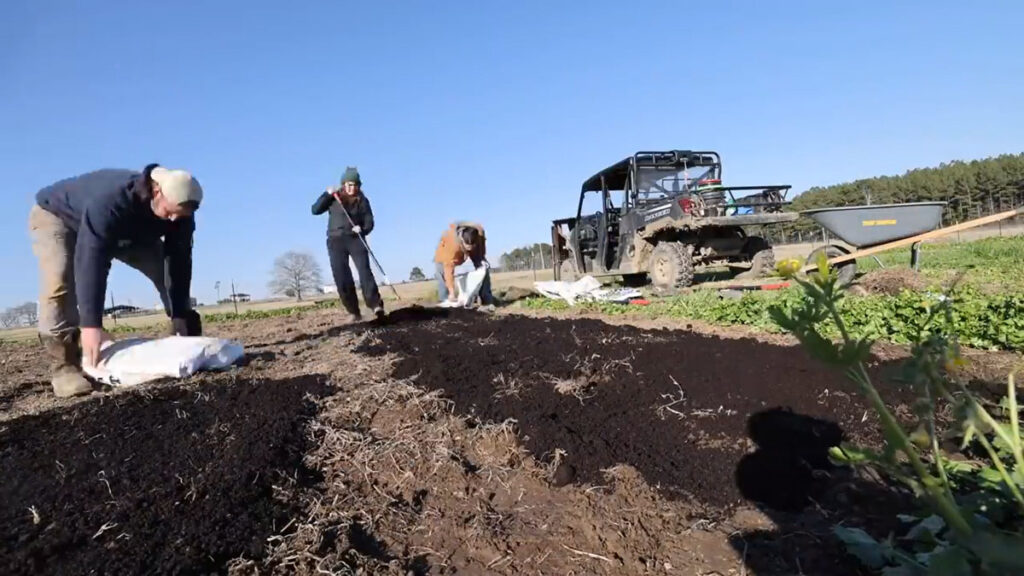
Preparing to Plant Sunflowers
With a little bit of time and research, planting sunflower seeds is quite easy.
First, do some research. You can do this by looking at my gardening planning basics post. You can also check out my go-to person for sunflowers, Sunflower Steve. (Check him out on Instagram, too!)
There are many varieties of seeds, and knowing the size and colors of your sunflower will be helpful for the layout of your garden.
Planting sunflower seeds is best done through the months of March through May. Just depends on the state and elevation in which you live.
Know your soil temperature. The soil should be above 60 degrees about three weeks after the last frost has passed. They also like to have well-draining soil.
Sunflowers love the sun. Choose a sunny place to plant, where the seeds will get 6 to 8 hours of sun. As the sunflowers grow they will follow the sun like a satellite. You will really see this effect when the flower blooms, they will track the sun.
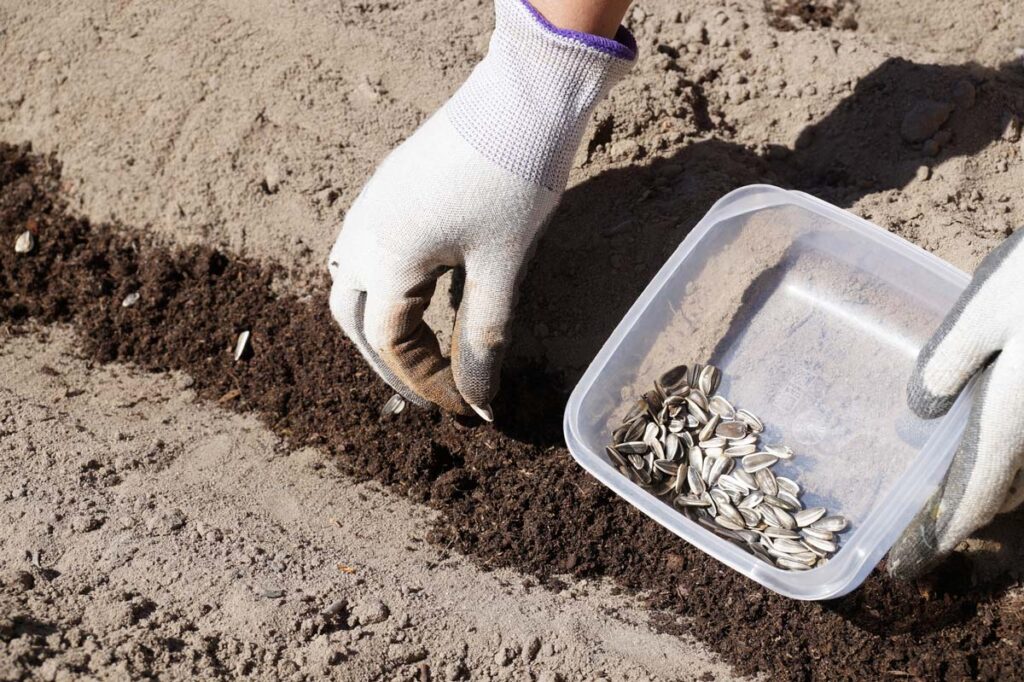
Planting the Seeds
This step-by-step process will leave you thinking “Why have I not planted sunflower seeds before now?”
- You can start your seeds indoors or directly in the ground.
- Plant ½ inch to 1 ½ inches deep into the soil.
- Plant seeds 6 inches apart. Make sure that you plant your mammoth seeds behind your shorter plant seeds. You don't want your shorter plants blocked by the taller sunflowers. Pro Tip: Planting some new seeds every week will also give a longer production time.
- To encourage a strong root system, lightly fertilize it with compost. You can learn how to make your own compost at home here.
- Water well; sunflowers like moisture to germinate.
- It will take approximately 80 to 120 days to harvest.
Now enjoy watching your sunflower seed pop up, become plants, and produce colorful flowers!
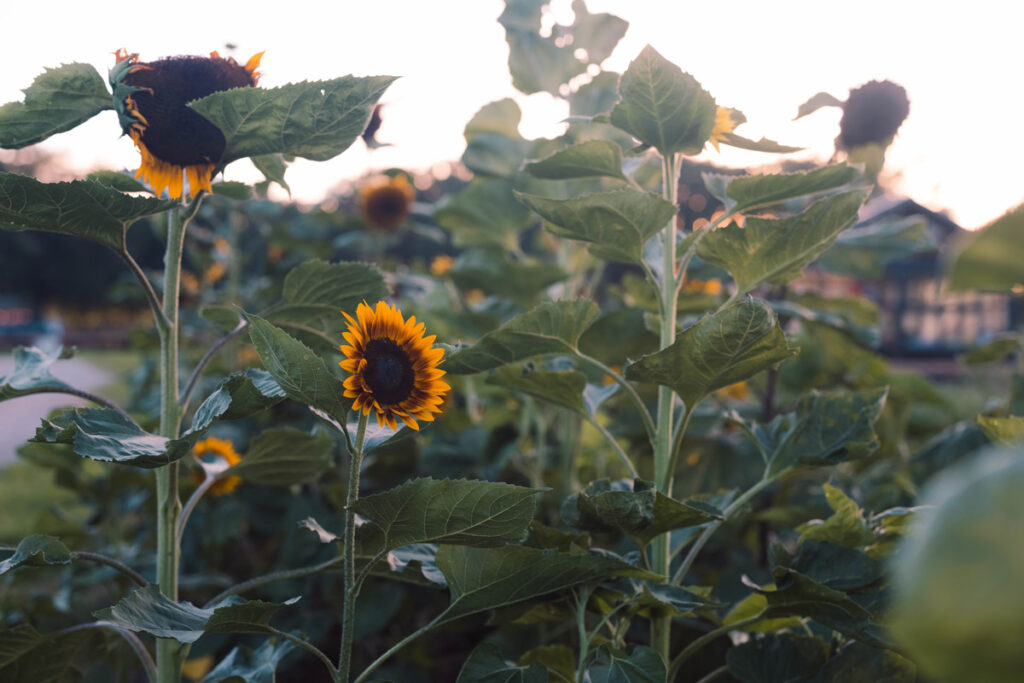
Harvesting Sunflower Seeds
At the end of the growing season it's time to harvest, and knowing when to harvest the seeds is important.
Watch for when the flower heads start to hang their heads. This is when the seeds are full size and are ready to harvest.
Cut the sunflower head, and let it hang upside down till the seeds are completely dry out.
Enjoy the seeds of your labor.

More Gardening Posts
- Where to Buy Heirloom Seeds
- How to Plant Carrot Seeds
- Best Methods for Successful Pure Pollination When Saving Seeds
- How to Plant Onions & General Growing Tips
- Growing in Soil Bags – Container Gardening Made Easy
- How to Separate Seedlings
- Vertical Gardening Ideas (Affordable & Functional!)
- How to Build a Garden Arch Trellis or Garden Arbor (for $30!)

